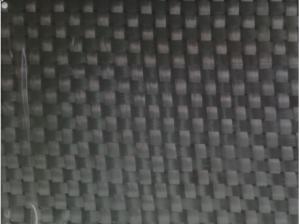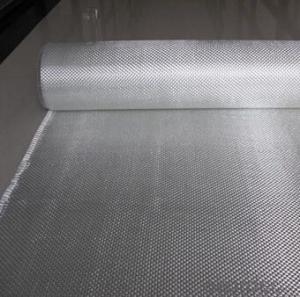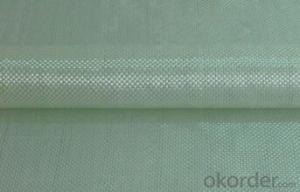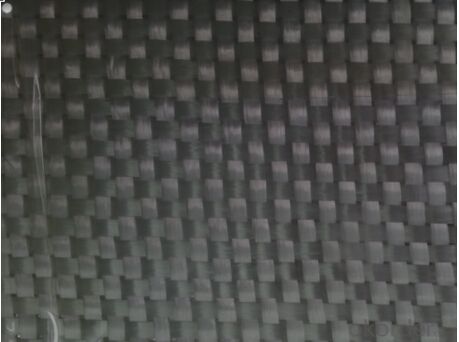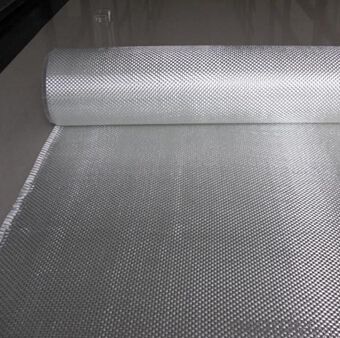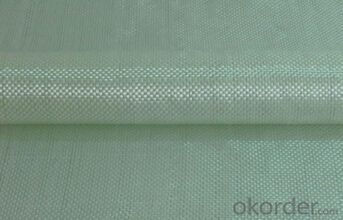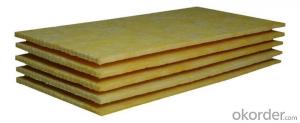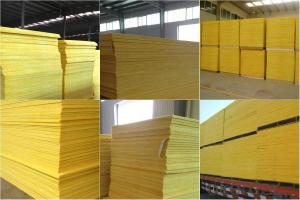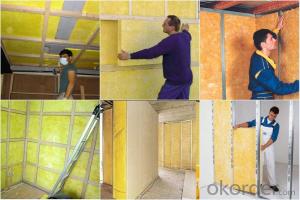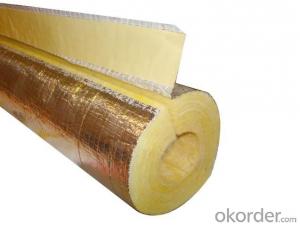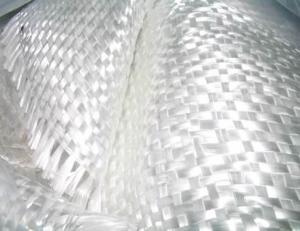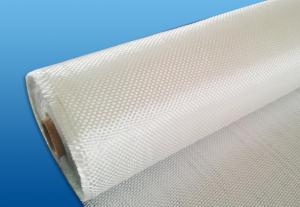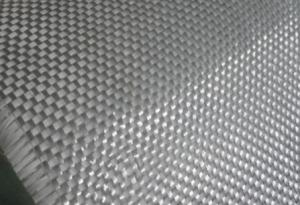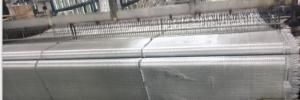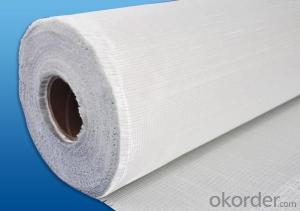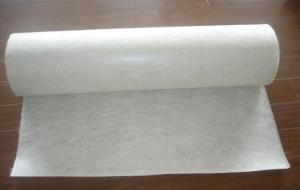Fiberglass Mat Tissue - C-Glass Woven Roving, 800g, 1m
- Loading Port:
- China Main Port
- Payment Terms:
- TT or LC
- Min Order Qty:
- -
- Supply Capability:
- -
OKorder Service Pledge
OKorder Financial Service
You Might Also Like
Structure of Woven Roving
1)Low Fuzz
2)Fast Wet-out&Impregnation
3)Easy Lay-up&Air Release
4)Excellent Mechanical Strength
5)Good Wet Strength Retension
Main Features of Woven Roving
1.CWR400
2.360-380g/m2
3.77.5px or 2250px width
Application of Woven Roving
Unit | Product No. | Weight(gsm) | Technique | Moisture content | combustible matter content(%) |
M | EWR260 | 264±13 | Plain | ≤0.15 | 0.40-0.80 |
M | EWR270 | 261±13.5 | Plain | ≤0.15 | 0.40-0.80 |
M | EWR360 | 354±18 | Plain | ≤0.15 | 0.40-0.80 |
M | EWR500 | 504±25 | Plain | ≤0.15 | 0.40-0.80 |
M | EWR580 | 576±29 | Plain | ≤0.15 | 0.40-0.80 |
M | EWR600 | 622±30 | Plain | ≤0.15 | 0.40-0.80 |
M | EWR800 | 850±40 | Plain | ≤0.15 | 0.40-0.80 |
M | CWR200 | 200±15 | Plain | ≤0.15 | 0.40-0.80 |
M | CWR400 | 385±30 | Plain | ≤0.15 | 0.40-0.80 |
M | CWR600 | 600±45 | Plain | ≤0.15 | 0.40-0.80 |
M | CWR800 | 810±40 | Plain | ≤0.15 | 0.40-0.80 |
Images:
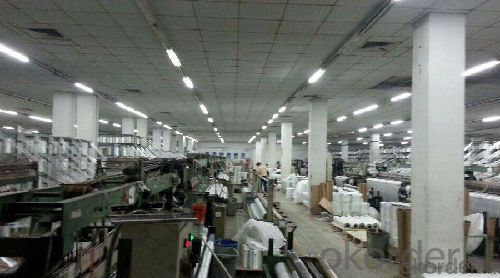
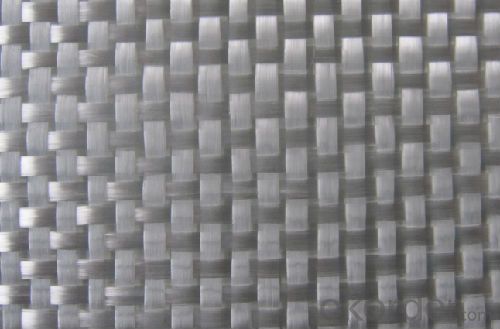
FAQ of Woven Roving
1. Why Choose us?
CNBM is a stated own company, provide the guarantee for the best quality, best service and safety business.
2. How will we guarantee the quality?
a, ISO 9001-2008 quality control system;
b, Strict and regular quality control in production;
c, Inspeciation when loading into container before shippment;
d, Sample stock for one year for quality tracing and record.
3. What is your MOQ?
Our MOQ is one pallet.
4. Can you provide sample?
Yes, samples are in stock. we can offer free sample for you.
5. Payment terms?
We can accept L/C, T/T etc.
6. Do you offer OEM service?
Yes, we can print customers’ logo on the packaging;
And the size and specification can be produced and design according to your demand.
- Q: Is fiberglass mat tissue chemically resistant?
- Indeed, fiberglass mat tissue possesses chemical resistance. Crafted from finely dispersed glass fibers that are haphazardly arranged and held together with a resin binder, this composition endows the material with superb resistance to an extensive array of chemicals, encompassing acids, alkalis, solvents, and oils. It frequently finds utility in sectors like chemical processing, petrochemicals, and wastewater treatment, where encounters with diverse chemicals are prevalent. The chemical resilience of fiberglass mat tissue renders it a fitting selection for applications that necessitate protection against corrosion and long-lasting sturdiness.
- Q: What is the expected lifespan of fiberglass mat tissue in power generation applications?
- The expected lifespan of fiberglass mat tissue in power generation applications can vary depending on various factors such as the specific application, environmental conditions, and maintenance practices. However, fiberglass mat tissue is known for its durability and longevity, making it a popular choice for power generation applications. In general, fiberglass mat tissue can have an estimated lifespan of 20 to 30 years in power generation applications. This is due to its excellent resistance to corrosion, heat, and chemicals, which are commonly encountered in power generation facilities. Fiberglass mat tissue is also capable of withstanding high mechanical stress and can retain its structural integrity over a long period of time. However, it is important to note that the lifespan can be influenced by factors such as exposure to extreme temperatures, humidity, and chemicals, as well as the frequency and quality of maintenance and inspections. Regular inspections and proper maintenance can significantly extend the lifespan of fiberglass mat tissue in power generation applications. It is recommended to consult with manufacturers and industry experts to determine the specific expected lifespan of fiberglass mat tissue based on the particular power generation application and operating conditions.
- Q: What are the different reinforcement densities available for fiberglass mat tissue?
- The different reinforcement densities available for fiberglass mat tissue can vary depending on the specific application and manufacturer. However, commonly used densities range from 15 grams per square meter (gsm) to 1000 gsm. Lower density fiberglass mat tissue, such as those in the range of 15-50 gsm, are often used for lightweight applications where strength and durability are not the primary concerns. These lower density mats are commonly found in areas like decorative surfaces, wallpaper, and lightweight insulation. Medium density fiberglass mat tissue, ranging from 50-300 gsm, offers a balance between strength and weight. This range is frequently used in various industries including construction, automotive, and marine. The medium density mats provide good reinforcement properties while still allowing flexibility and ease of handling. Higher density fiberglass mat tissue, typically above 300 gsm, is employed in heavy-duty applications that require high strength and superior durability. These mats are commonly used in areas like roofing, flooring, and composite manufacturing. The higher density provides enhanced mechanical properties and ensures the required structural integrity. Ultimately, the choice of reinforcement density for fiberglass mat tissue depends on the specific requirements of the application, including the desired strength, weight, and overall performance characteristics. It is important to consult with manufacturers and industry experts to determine the most suitable density for a particular use case.
- Q: How is fiberglass mat tissue used in the construction industry?
- Fiberglass mat tissue is commonly used in the construction industry as a reinforcement material. It is applied to various surfaces, such as walls, roofs, and flooring, to enhance their strength and durability. The fiberglass mat tissue is often embedded in resin or other binding agents to form a composite material that can withstand heavy loads and resist cracks. Its widespread use in construction helps to increase the structural integrity of buildings and ensures long-lasting performance.
- Q: How does fiberglass mat tissue perform in terms of moisture resistance?
- Fiberglass mat tissue is known for its excellent moisture resistance properties. The material is made up of tightly woven fiberglass strands, which create a barrier against moisture penetration. This makes it highly effective in preventing water or moisture from seeping through and damaging underlying surfaces or structures. Additionally, the resin used to bind the fiberglass strands together also adds an extra layer of protection against moisture, making it even more resistant to water and humidity. Overall, fiberglass mat tissue is a reliable choice when it comes to moisture resistance, making it suitable for various applications where preventing water damage is crucial.
- Q: Does fiberglass mat tissue require any special tools for installation?
- Yes, fiberglass mat tissue may require some special tools for installation. These tools can include a utility knife or scissors for cutting the mat to the desired size, a roller or brush for applying adhesive or resin to secure the mat to the desired surface, and safety equipment such as gloves and goggles to protect the installer from potential hazards. Additionally, some installations may require the use of a heat gun or torch to activate or cure the resin. It is important to read and follow the manufacturer's instructions and recommendations for the specific fiberglass mat tissue being used to ensure proper installation and to determine if any special tools are required.
- Q: Is fiberglass mat tissue suitable for agricultural applications?
- Yes, fiberglass mat tissue is suitable for agricultural applications. It is a versatile material that offers several benefits for use in the agricultural industry. Fiberglass mat tissue is resistant to moisture, chemicals, and UV radiation, making it ideal for applications such as greenhouse roofing, animal enclosures, and agricultural equipment. It provides excellent insulation properties, helping to regulate temperature and protect crops or livestock from extreme weather conditions. Additionally, fiberglass mat tissue is lightweight, easy to install, and durable, making it a cost-effective choice for agricultural projects. Overall, fiberglass mat tissue is a suitable material for various agricultural applications, offering durability, versatility, and protection for the farming industry.
- Q: Can fiberglass mat tissue be used in wet environments?
- Indeed, wet environments can indeed accommodate the utilization of fiberglass mat tissue. This specialized material has been ingeniously engineered to possess an inherent resistance to moisture, thereby enabling it to endure prolonged exposure to water. Consequently, this remarkable attribute renders it highly suitable for deployment in various sectors, most notably construction, marine, and automotive industries. These particular domains frequently necessitate the deployment of components or structures that inevitably encounter water, humidity, or moisture. The material's unparalleled resistance to water impeccably guarantees the preservation of its structural robustness and ensures that it remains impervious to degradation or any diminishment in its performance properties even when confronted with damp conditions.
- Q: How is fiberglass mat tissue bonded to surfaces?
- Fiberglass mat tissue is commonly bonded to surfaces using adhesive materials. The bonding process involves applying the adhesive onto the surface where the fiberglass mat tissue is to be attached. The adhesive is typically a two-part epoxy resin or a specialized fiberglass adhesive that is specifically designed for bonding fiberglass materials. The adhesive is mixed according to the manufacturer's instructions and then spread evenly onto the surface using a brush, roller, or trowel. The fiberglass mat tissue is then carefully placed onto the adhesive-covered surface and pressed down firmly to ensure proper adhesion. The adhesive is left to cure for the recommended amount of time, allowing it to harden and create a strong bond between the fiberglass mat tissue and the surface. This bonding method ensures that the fiberglass mat tissue is securely attached to the surface, providing reinforcement, protection, or other desired properties depending on the application.
- Q: Can fiberglass mat tissue be used for making lightweight doors?
- Yes, fiberglass mat tissue can be used for making lightweight doors. It is a lightweight material that offers excellent strength and durability, making it suitable for door construction. Additionally, fiberglass mat tissue can provide insulation properties and resistance to moisture, making it a viable option for lightweight door manufacturing.
Send your message to us
Fiberglass Mat Tissue - C-Glass Woven Roving, 800g, 1m
- Loading Port:
- China Main Port
- Payment Terms:
- TT or LC
- Min Order Qty:
- -
- Supply Capability:
- -
OKorder Service Pledge
OKorder Financial Service
Similar products
Hot products
Hot Searches
Related keywords
